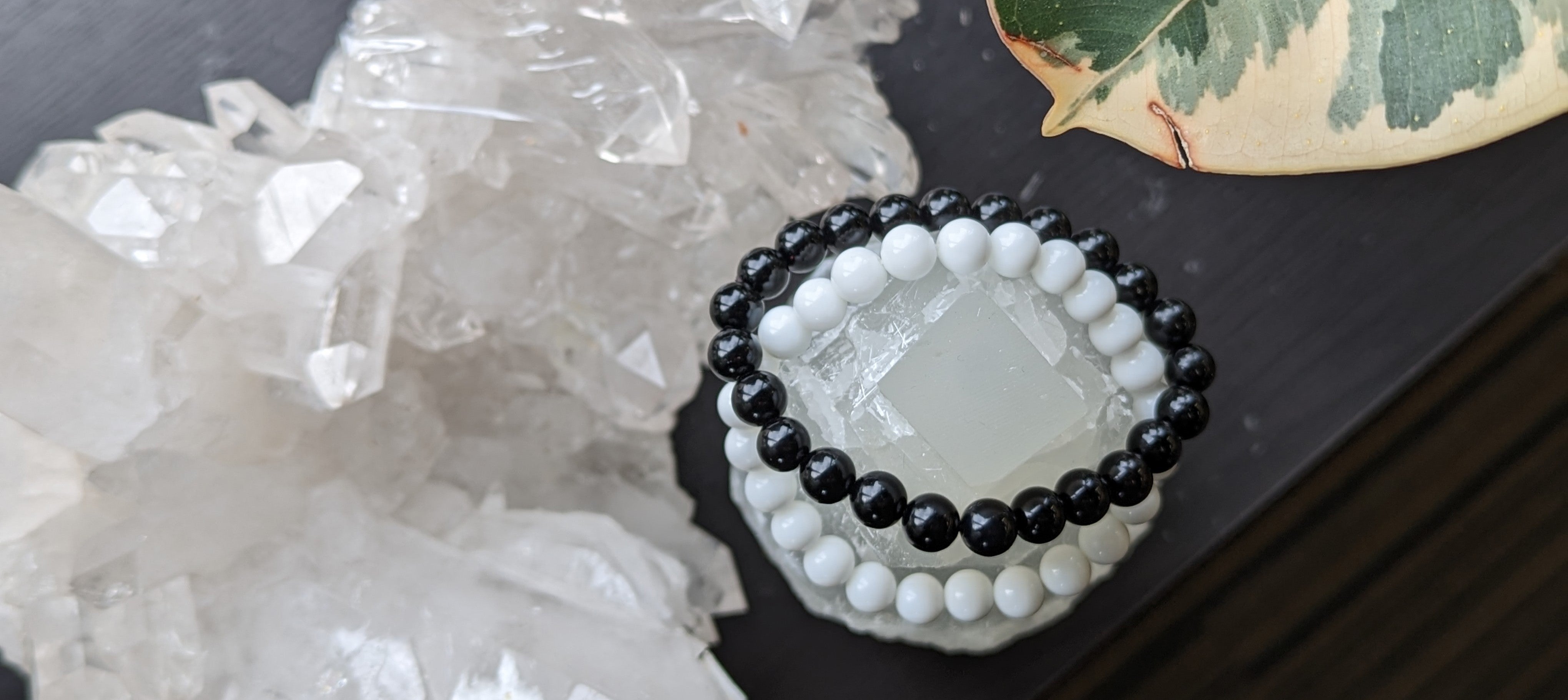The alexandrite gemstone is very rare in occurrence and is considered to be one of the world's most valued gems. It's a variety of the chrysoberyl gemstone, known as the Cat's Eye.
The value of alexandrite also comes from its unique property of changing colours in natural light as well as during night time. When placed under artificial light, it can change its colour to a deeper shade of red; while under natural light, it's in different hues of green. Due to its rarity, alexandrite is quite expensive.
The Physical Properties of Alexandrite
Alexandrite is composed of the mineral chrysoberyl (Greek words chrysos and beryllos, which mean “a gold-white spar), an aluminate of beryllium. It's the third hardest natural gemstone that lies at 8.5 on the Mohs scale of hardness (between corundum and topaz.)
The gemstone's crystals have cyclic twins which give them a hexagonal appearance. Its colour-changing features occurs due to strong absorption of light in a yellow portion of the spectrum. The hue depends on the spectral balance of the stone's illumination.
The History of Alexandrite
There are several stories regarding the etymology of the stone. According to one account, alexandrite was discovered in the 19th century by Nils Gustaf Nordenskiöld (Finnish mineralogist) and named in honour of the future Russian Tsar Alexander II.
Another favourite, but also controversial story, says that alexandrite was first mined in 1834, on the 16th birthday of Tzar Alexander II. According to the third myth, alexandrite was first introduced by Count Lev Alekseevich Perovskii.
At first, it was believed that the stone was only mined in the Ural Mountains (Russia). Today, large deposits of the mineral are in Zimbabwe, Myanmar, India, Brazil, and other locations.
The Lore of Alexandrite
In his short novel Alexandrite, Mysterious Interpretation of a True Fact, the Russian writer Nikolai Semyonovich Leskov wrote about alexandrite as a prophetic stone. A French author and magician, Eliphas Levi, tried to connect the gemstone's colours with the duality of human blood: arterial and venous.
Due to alexandrite’s ability to change colours, it is associated with the planet Mercury (the trickster) and the zodiac sign of Gemini (which is ruled by Mercury.) Mercury is the fastest moving planet, which shows how quickly our thoughts travel and how quickly we can change them. This planet connects the lower self, the intuitive, the ego self, and the higher divine self.
It’s also associated with air, which is why the gemstone is connected to the throat chakra. However, because of its ability to change colours, it is also associated with the crown, the solar plexus, and the heart chakra.
The Metaphysical Properties of Alexandrite
Alexandrite is thought to help increase one's self-esteem, balance emotional state, help bring about change, and provide confidence. Also, it's said to intensify feelings of sensuality and love, bring happiness and success, and enhance the rebirth of both the inner and outer self.
It's a rare stone and is regarded to have regenerative powers, allowing one to connect to the beginning of one's being by assisting in the return to the origin of time.
Alexandrite is said to stimulate pleasant surprises, success, and good fortune in speculative matters. It offers creativity and awareness in the realm of manifestation and protects the quality of one's expanse and learning.
The stone is also useful in helping treat ailments of the spleen, swollen lymph nodes, pancreatic disorders, as well as in the treatment of neurological tissue on the cellular level.
Alexandrite is told to repel the negative energies of undesirable people and prevent others from attaching their chords to one's astral body.




